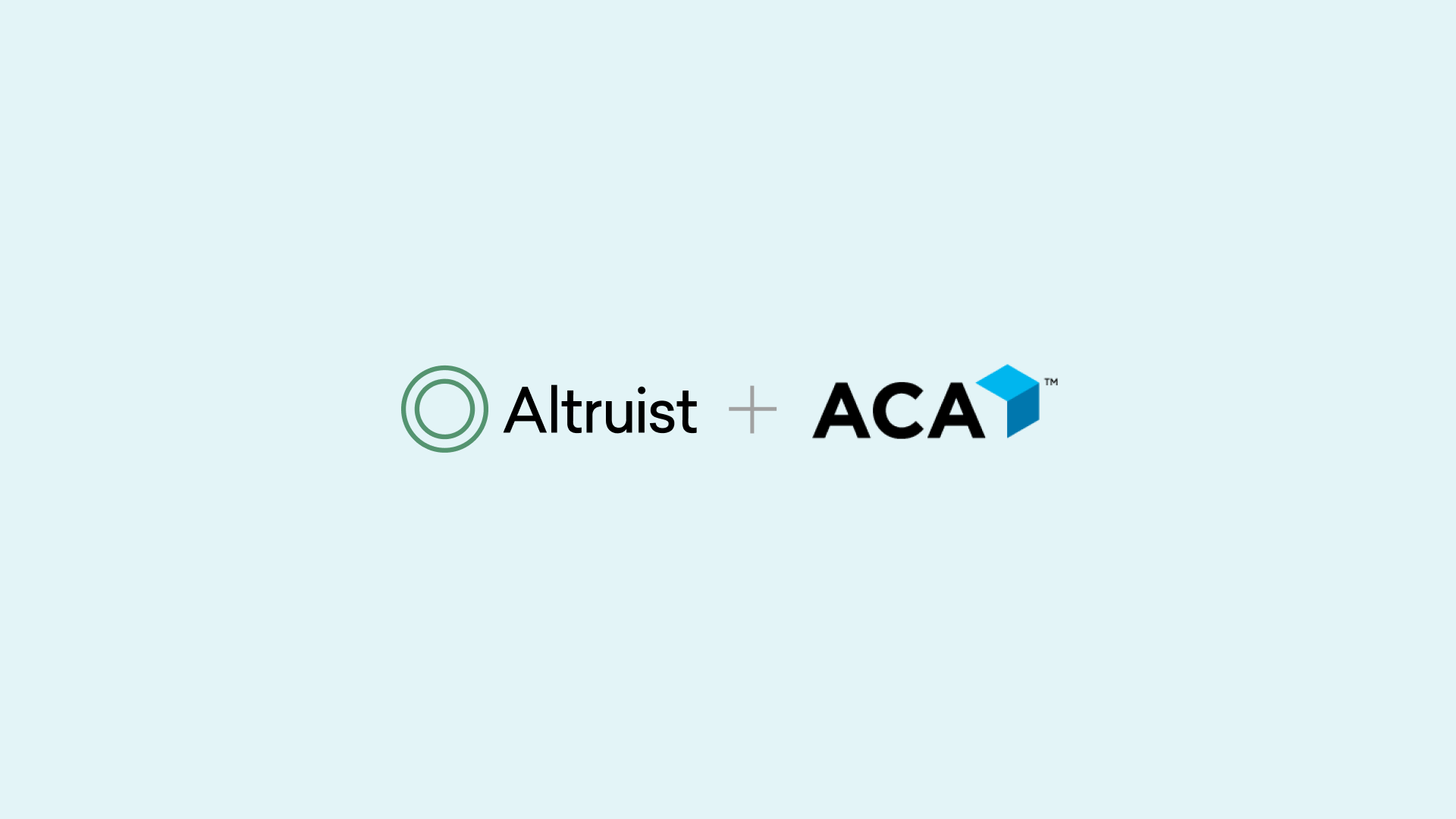As an independent financial advisor, you play a crucial role in guiding your clients through the complexities of managing their investments. One area that often requires special attention is the management or transition of legacy positions within taxable accounts.
Legacy positions can create challenges when it comes to concentrated risk and tax management.
Clients often have legacy positions that require special attention in the context of their broader investment strategy. For some clients, especially those who are more tax sensitive, this can be challenging. Understanding how to handle these positions can create opportunities for you to add value by providing personalized service to your clients and helping them reach their financial goals.
The most common reasons we see investors arriving with legacy holdings in their portfolio include:
-
Attachment. Perhaps your client was gifted or inherited a security that now holds sentimental value. In this case, you might want to respect any emotional attachment they have to the particular security.
-
Equity-based compensation. Your client may have worked for a public company for a number of years and has accrued an outsized position from employer stock or executive compensation. In this case, you may want to limit additional exposure to the company by preventing a model from purchasing more of it.
-
Conviction. Your client could possess deep preferences for a holding outside of a standard portfolio allocation–perhaps due to social values or growth characteristics as examples–and they wish to make sure these holdings are represented in their portfolio, but otherwise wish to pursue a diversified investment strategy.
-
Embedded gains. A client may not wish to incur the tax cost associated with selling a position.
But what if the legacy portfolios are poorly diversified or contain appreciated positions?
There are three major risks worth considering to minimize:
- Concentration risk. Larger, concentrated positions can expose your client to too much security-specific risk and hurt the overall diversification of the portfolio. You’ll likely wish to gradually diversify the portfolio to a more acceptable level to alleviate the additional risk.
- Fund costs. Some legacy funds may have high expense ratios that can drag on client returns. These issues become particularly challenging to navigate in taxable accounts.
- Tax costs. If a client owns a security with a large embedded capital gain, you may want to help them avoid adding to their tax bill. The tax cost for selling must be considered against the diversification and cost benefits.
Depending on the strategy you think is best for the client, you might opt to either manage around these positions or transition them from one portfolio to another to build an optimal portfolio for your client.
Managing legacy positions
Since legacy positions can create concentrated portfolios and put your client's investments at risk due to overexposure to a single security or sector, consider building a custom model or target portfolio around these positions for a completion approach. This strategy allows you to maintain exposure to the concentrated security or sector while gradually diversifying the overall portfolio.
It’s essential to take into account your client’s unique financial goals, risk tolerance, and time horizon. Start by conducting a thorough analysis of the concentrated security or sector to identify any potential risks and growth opportunities. Next, evaluate complementary assets that can help balance the portfolio while still preserving the core legacy holding.
When assigning your portfolio, designate any exclusions from either buying, selling, or both to avoid any unintended overlaps or gaps.
Transitioning legacy positions
To transition their assets out of the existing positions and into the portfolio you think is most appropriate, you need to sell securities, which can result in a taxable event. Here are a few strategies you can consider to minimize tax obligations and optimize your clients' portfolios.
Harvest tax losses
One effective strategy for managing the transition of legacy positions is to harvest tax losses in your rebalancing. This involves selling underperforming investments to offset gains from other investments in a client's portfolio. However, it's essential to be aware of the wash sale rule, which prevents investors from claiming a loss on a security if a substantially identical security is purchased within 30 days before or after the sale. By understanding the wash sale rule and designating appropriate substitutes when rebalancing, you can help clients minimize capital gains taxes and avoid potential pitfalls while harvesting tax losses.
Restructure to a target portfolio
This involves spreading the sale of legacy positions over a period of time, allowing you to potentially minimize tax liabilities while transitioning assets to more suitable securities. You can help set clear expectations with your client by establishing a clear timeline for the transition, taking into account any tax implications and your client’s long-term objectives.
Technology is making it easier to manage special investment situations at scale
Altruist is here to help. Portfolio rebalancing is directly integrated into our custodial platform with an intuitive experience and common rebalancing features including custom drift and event triggers and dynamic cash management.
And, we just rolled out two exciting new features to help independent advisors like you accommodate for managing legacy positions in a personalized and automated way at scale.
Please note: Altruist’s rebalancer is not currently configured to avoid triggering the IRS’ Wash Sale Rule. RIAs are encouraged to consult IRS Publication 550 or a qualified tax professional for more guidance on this topic. Altruist and its affiliates do not provide tax advice.
Tax Loss Harvesting only considers (manual or rebalancer-driven trades in) Altruist accounts. Please consult a tax professional for guidance; Altruist does not render tax advice.
Security exclusions

Before assigning a portfolio, you can now easily define which securities should be excluded from buying and selling at the account level in rebalancing. For example, if your client holds a large position in Microsoft, you can simply exclude MSFT from your model. Those securities then get an “Excluded” badge on your client’s holdings table for a clear and transparent experience.
Fund substitutions
Altruist advisors can now also designate fund substitutes for mutual funds and ETFs to strategically avoid taxes associated with unrealized taxable gains and harvest tax losses–all while maintaining the desired portfolio allocation exposure. For example, if your client owns a position with gains in SPY, you can mark the ticker as a sell-only substitute for the model portfolio’s large cap stock fund allocation, consequently limiting SPY’s exposure over time. This feature also allows for seamless replacement of funds that are sold for a loss during the wash sale rule.
By automating these strategies, advisors can deliver custom portfolios to meet each client’s unique needs and effectively manage around or transition out of legacy positions and reduce the associated risks.














